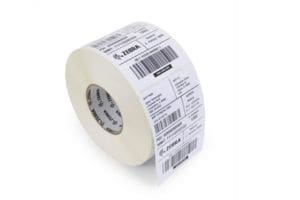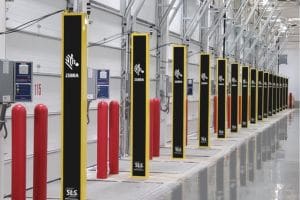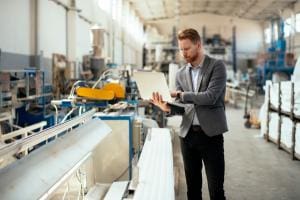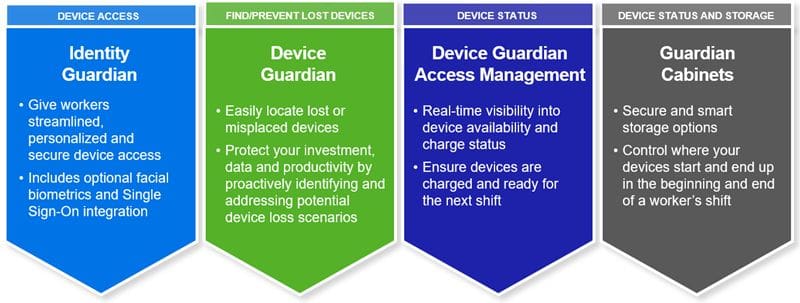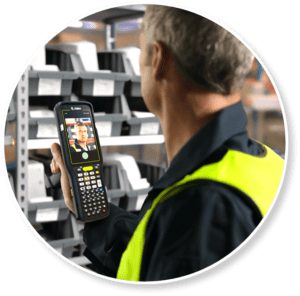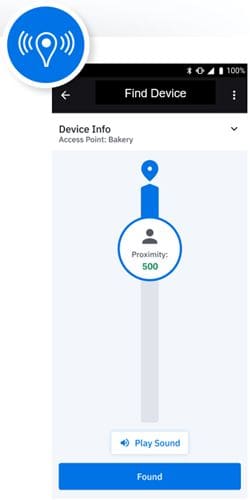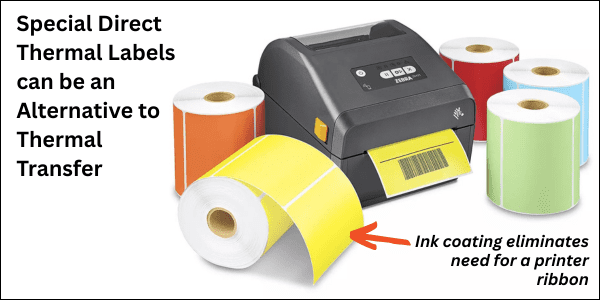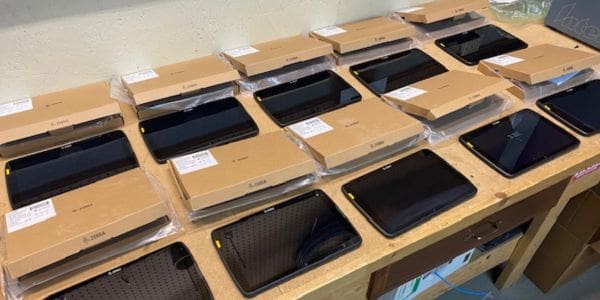Capture Barcodes and RFID Data Without a Mobile Computer
Datalogic has introduced the Powerscan 9600 RFID gun. This is a powerful hybrid worktool which enables you to capture both barcode and RFID data without the need for a handheld computer (making this a more cost-effective option).

The Powerscan 9600 scanner features a keypad and small screen, which enables you to both receive feedback on data scanned, but also to input data if you will be encoding data on RFID tags.
In the mobile RFID scanning realm, the typical alternatives have been a handheld computer equipped with RFID, or an attachable sled which combines with a touch screen computer. Datalogic’s approach provides you with visual feedback and a keypad, but allows you to avoid deploying a full mobile computer.
Great Applications for the Datalogic Powerscan 9600 RFID
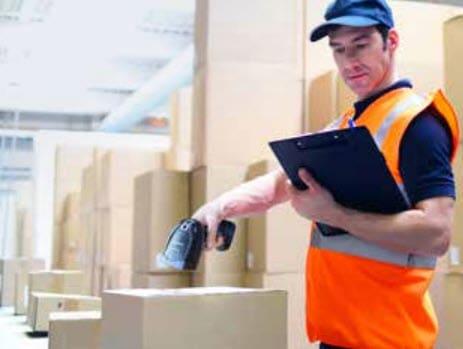
Warehousing, Transportation & Logistics
Cost-effective and powerful solution for reading both RFID tags and barcodes, along with a display and keypad model for manual input andcustomized operations, as well as the ability to capture
color pictures for damaged packages recording and
signature capture.

Manufacturing
The PowerScan 9600 RFID allows traceability through RFID
tags, which guarantee no damaged or unreadable labels,
increased productivity and reduced slowdown compared to
both barcode labels and DPM codes.
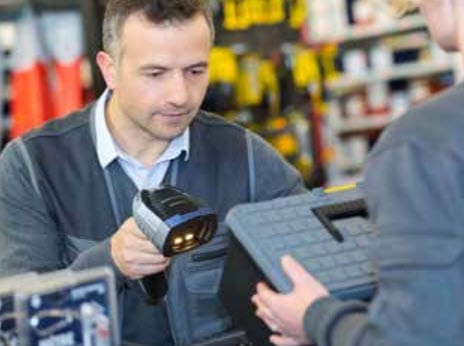
Retail
The PowerScan 9600 RFID can be used in RFID-only
or hybrid reading mode for check-outs and self check-outs to allow Loss Prevention (ticket switching
and scan avoidance), improved inventory visibility,
and increased speed of operations.
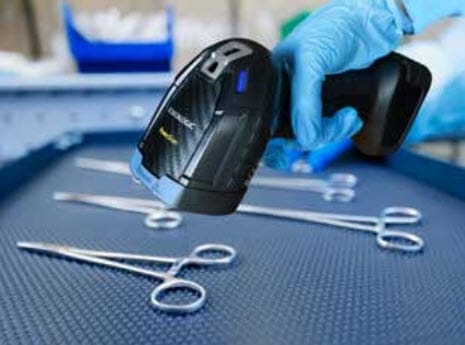
Healthcare
The PowerScan 9600 RFID counts several surgical tools
at once, reducing the time needed for scanning, avoiding
double counts, and guaranteeing a good read even with
bloodstained tools.
Datalogic Powerscan 9600 RFID Features
- Cordless handheld with bluetooth connectivity
- Display and keypad provide visual feedback and means for data entry
- Reads RFID and barcode data – barcodes of all key formats as well as UHF RFID tags up to 3.2 ft
- Tough – tested to withstands 50 drops at 8 ft, and sealed for IP67/IP65
- Connectivity – USB and RS-232, multi-interface
- Inductive contactless charging – wireless charging eliminates future fail points and extends usable life
Datalogic Powerscan Barcode Reader Family
Datalogic scanners are renowned for their advanced scanning technology, and for good reason. The Powerscan family represents Datalogic’s top of the line in terms of performance and reliability. These scanners have been designed to withstand the toughest environmental situations.
The PowerScan 9600 scanner is available in both corded or cordless models. Discuss your scanning needs with CSSI and we can help you select the optimal handheld scanners for your business.
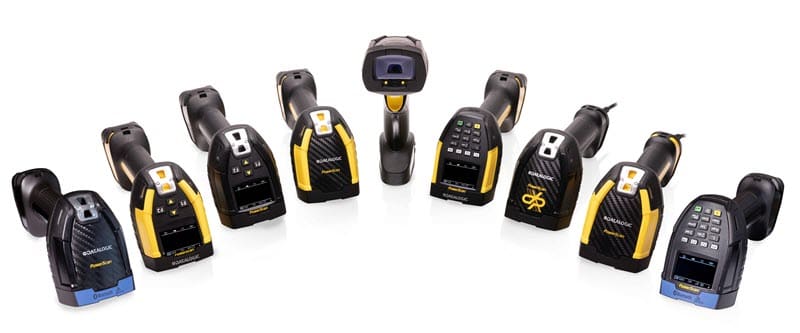
Powerscan Models include
- High performance – for high resolution codes and light DPM applications
- Auto range scanner – supports close to far distance barcode capture
- DPM (direct part mark) scanner
- Document capture – scan barcodes and capture color images
- Standard range – read standard barcodes
Contact CSSI to Learn More About Datalogic Powerscan
To learn more about Datalogic’s Powerscan 9600 RFID handhelds, please contact CSSI . We’d be glad to set up a hands-on demo of Datalogic scanners and handheld computers for you.

